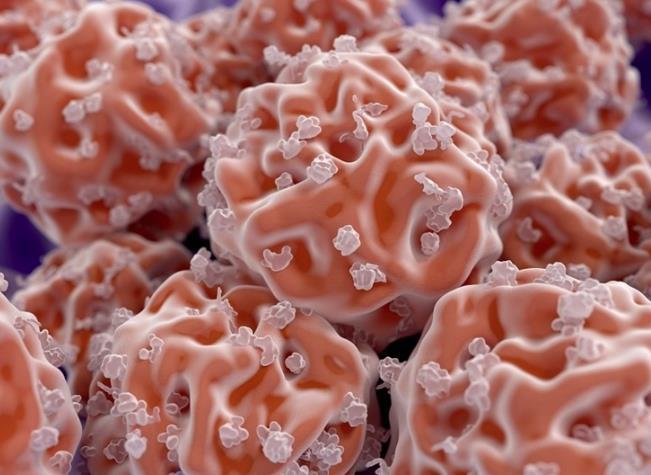APPLICATION NOTE: AN-007
Particle Shape Analysis of Stem Cells
Stem cells are interesting because they are undifferentiated, and eventually they differentiate into particular cell types. There is a large amount of research going into stem cells and how they can help with therapeutics. Analyzing them using Pi Sentinel PRO can aid this.

Using Pi Sentinel PRO for characterizing Size and Shape of Stem Cells
The Pi Sentinel PRO is an instrument that determines particle size and shape. It can be used to analyze stem cell information by generating histograms for all the measured particles.
Looking at shape measurements can be unclear, so it is better to capture all the shape information in real-time and then try to examine what has been found after. With stem cells it is necessary to look at: The Size information, the Opacity information, whether they’re alive or dead (although this is really not a viability analysis); and circularity.
Advantages of Pi Sentinel PRO
This information is useful when applied to research – for example, using the shape analysis. The Pi Sentinel PRO can be used to test hypotheses such as the stem cells becoming more elongated as they move towards apoptosis, or perhaps towards differentiating.
The Pi Sentinel PRO stores all the data for all the particles, organized into thumbnails. The thumbnails allow the information to be presented visually in order to examine particles.
Circularity determines how round the particles are, and Opacity determines how dark they are, which can show if there are subpopulations. There is also system performance data, which measures particles per milliliter in a sample, the concentration.
Scrolling through the thumbnails of the captured particles can show how concentrated the sample is easily. Cluster rejection can be increased to minimize concentration, and unique particles which look longer or fused can be identified.
For more details click on the link below:
Other benefits offered by the Pi Sentinel PRO
Pi Sentinel PRO, besides being a size and shape analyzer, can also do enumeration, meaning it can be used to determine not only the concentration but also the percentage of small particles or dark particles in the entire population.
Scrolling through the thumbnails only gives qualitative information. Assumptions can be made to give further information. For example, you could ask whether there is a correlation between cell size and darkness. A Correlation plot can then be done to see if there are outliers and provide evidence for or against this hypothesis.
Some of the particles could actually be agglomerates, and we can use the thumbnails to identify these. This is the Rare Event detector of the Pi Sentinel PRO. You could look into a mass of 50,000 particles, and efficiently find out why there are one or two particles that, for example, had an extremely high circularity and were very small.
It would be near impossible to do that just going through a wave of 50,000 images but using the Rare Event detection feature it can be done easily.
Another feature of the Pi Sentinel PRO is Particle Classification. Particle classification is something that allows you to look at specific areas of the population, independent of other things.
Particles can be separated into different classes, for example: small round cells, large round cells, long cells, dark cells, light cells, and unknown. Parameters are be created for all these and then each particle type can be counted.
This allows you to look at the full shape and size analysis of one particular type of particles ignoring all the others. This gives statistics like how many were found, the percentage total, their mean size, and the standard deviation.
Conclusion
In conclusion, when using the Pi Sentinel PRO looking at the thumbnails gives you a qualitative measurement, and further correlation plots, classification, overlays and Excel exports give more quantitative information.

